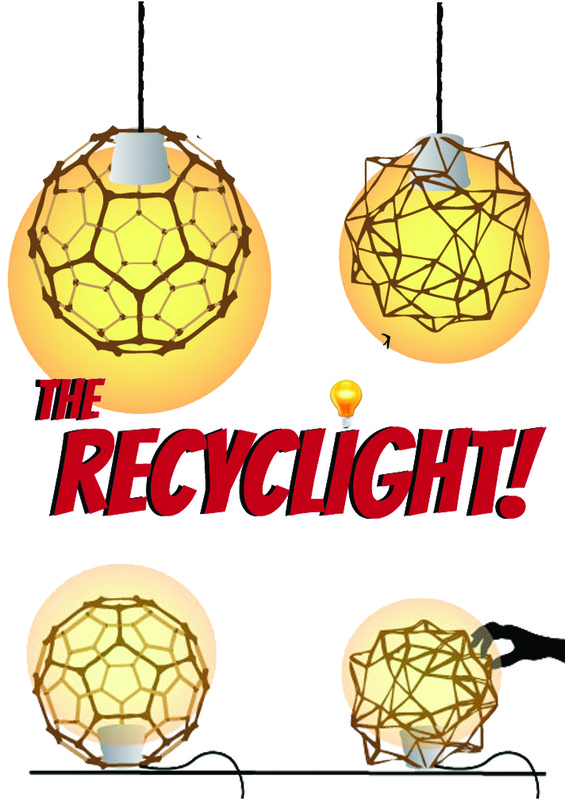Folders |
Waste Stabilization Pond - Is Pretreatment Needed to Aid Recycling?
Published by
Little ponds serving less than 1000 individuals do not need pretreatment. If the wastewater stablizing ponds are fed by a pumping station, screens might be already available in the pumping station, so are not required here. Otherwise, a coarse screen (50 cm pitch) could need to be put at entry to the waste stabilization pond. In sea coasts and areas using a combined sewerage system, loads of sand and grit accompany the influent wastewater. Opinions vary widely about placing a grit removal facility ahead of the hazardous waste recycling stabilization ponds. Some designers have a grit chamber fitted with a velocity control gadget to lessen silting of the waste stabilization pond. This is particularly relevant when the influent carry industrial waste from washing machines or glass and marble polishing devices. If the incoming sewerage system is of separate type having just sanitary sewage, very little silt is expected (1-3 liters/year) and a grit chamber in such a case can be stayed clear of. Some designers believe that a main anaerobic pond with an additional sludge depth can conveniently replace the grit chamber. Where the grit chambers are inevitable, traditional by hand cleaned twin grit channel with appropriate velocity control system is chosen.
Having a combined sewer inlet (storm water is mixed with sanitary sewage), helps to provide a storm water overflow, after the pretreatment units, set at 6 times the capability of dry weather condition flow. A parshall or venturi fluxe can be installed to determine the wastewater influent and log it for future redesign.If you want to read more information, please visit this site
History for Ballast recycling
|
